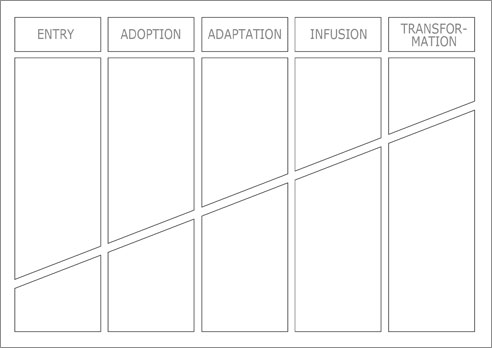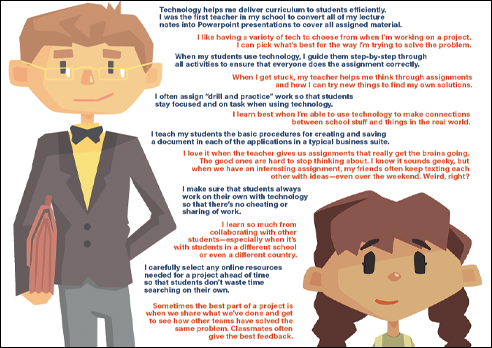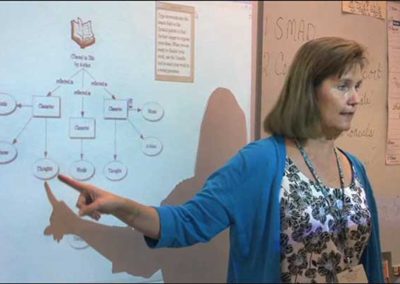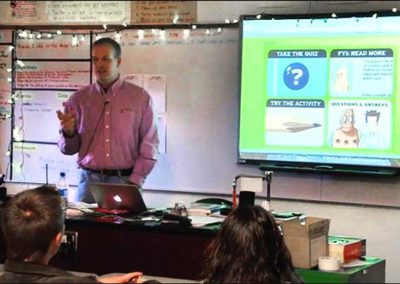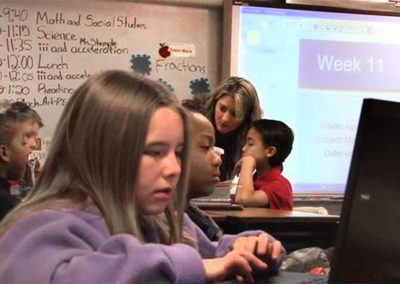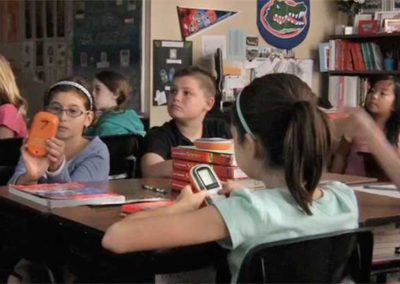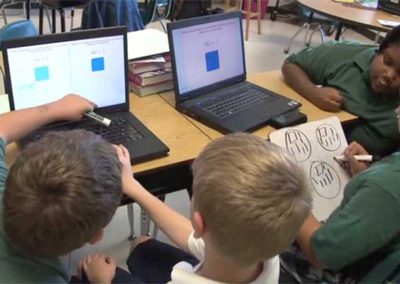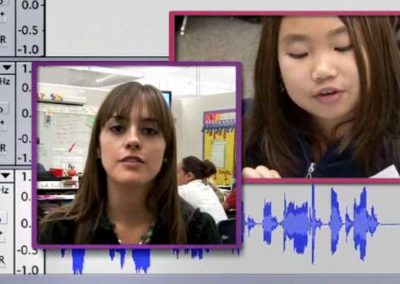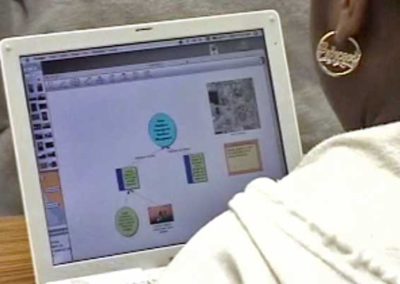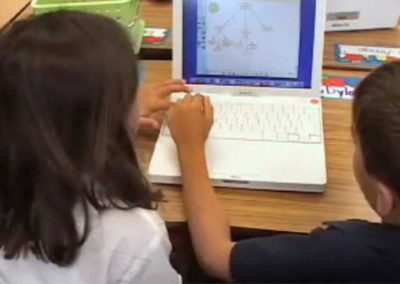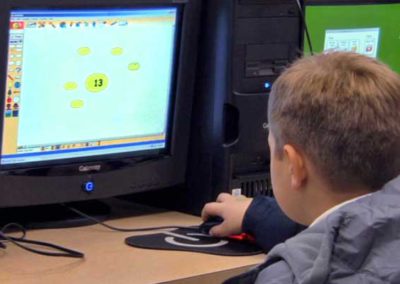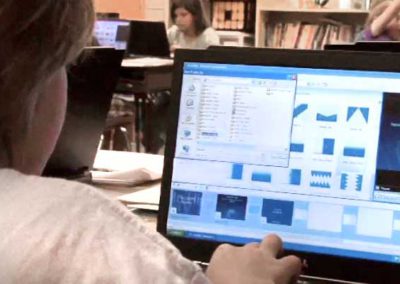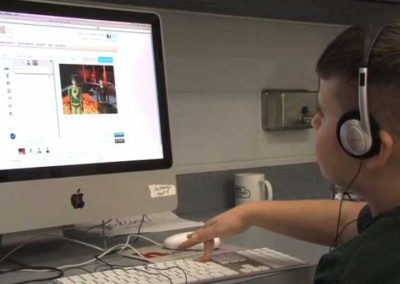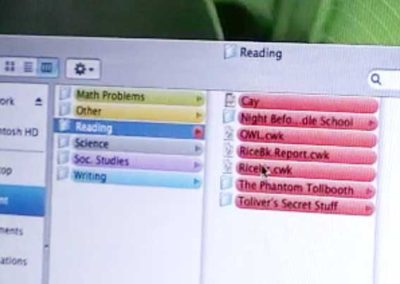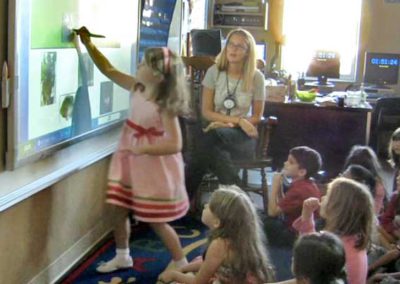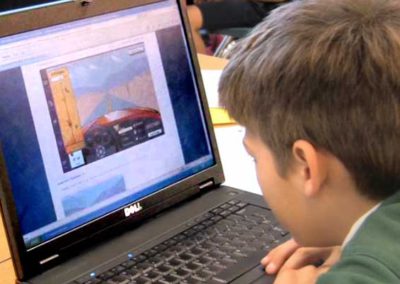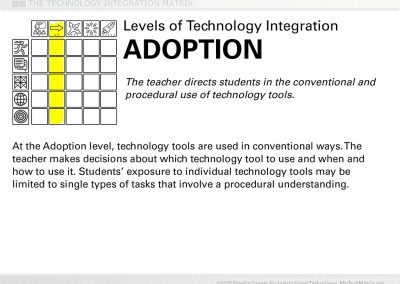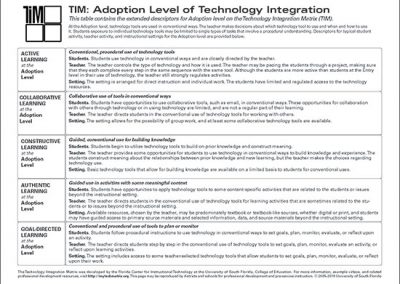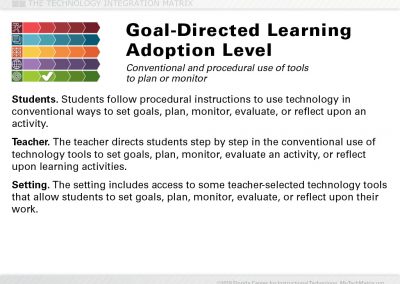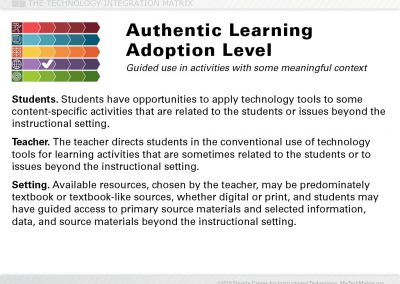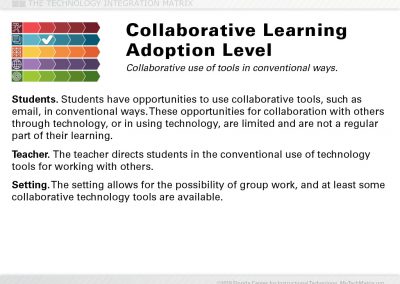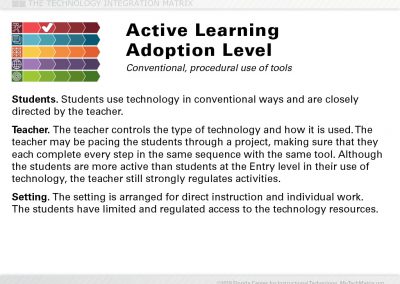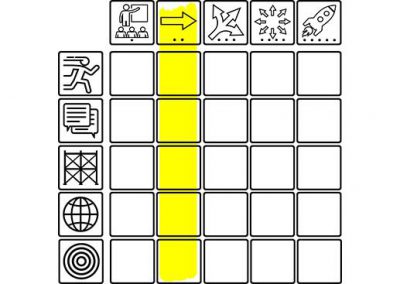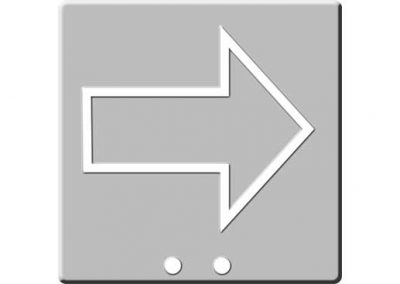The Adoption Level
The teacher directs students in the conventional and procedural use of technology tools.
 At the Adoption level, technology tools are used in conventional ways. The teacher makes decisions about which technology tool to use and when and how to use it. Students’ exposure to individual technology tools may be limited to single types of tasks that involve a procedural understanding.
At the Adoption level, technology tools are used in conventional ways. The teacher makes decisions about which technology tool to use and when and how to use it. Students’ exposure to individual technology tools may be limited to single types of tasks that involve a procedural understanding.
This page provides greater detail about the Adoption level of the Technology Integration Matrix. To see the entire matrix or to locate other levels, return to the Matrix. Descriptors for typical teacher activity, student activity, and instructional settings at the Adoption level are provided below, along with links to all of the Adoption level video lesson pages and additional resources.
Adoption Level Descriptors for Each of the Five Characteristics
Active Learning
Conventional, procedural use of tools
Students use technology in conventional ways and are closely directed by the teacher.
The teacher controls the type of technology and how it is used. The teacher may be pacing the students through a project, making sure that they each complete every step in the same sequence with the same tool. Although the students are more active than students at the Entry level in their use of technology, the teacher still strongly regulates activities.
The setting is arranged for direct instruction and individual work. The students have limited and regulated access to the technology resources.
Collaborative Learning
Collaborative use of tools in conventional ways
Students have opportunities to use collaborative tools, such as email, in conventional ways. These opportunities for collaboration with others through technology, or in using technology, are limited and are not a regular part of their learning.
The teacher directs students in the conventional use of technology tools for working with others.
The setting allows for the possibility of group work, and at least some collaborative technology tools are available.
Constructive Learning
Guided, conventional use for building knowledge
Students begin to utilize technology tools to build on prior knowledge and construct meaning.
The teacher provides some opportunities for students to use technology in conventional ways to build knowledge and experience. The students construct meaning about the relationships between prior knowledge and new learning, but the teacher makes the choices regarding technology use.
Basic technology tools that allow for building knowledge are available on a limited basis to students for conventional uses.
Authentic Learning
Guided use in activities with some meaningful context
Students have opportunities to apply technology tools to some content-specific activities that are related to the students or issues beyond the instructional setting.
The teacher directs students in the conventional use of technology tools for learning activities that are sometimes related to the students or to issues beyond the instructional setting.
Available resources, chosen by the teacher, may be predominately textbook or textbook-like sources, whether digital or print, and students may have guided access to primary source materials and selected information, data, and source materials beyond the instructional setting.
Goal-Directed Learning
Conventional and procedural use of tools to plan or monitor
Students follow procedural instructions to use technology in conventional ways to set goals, plan, monitor, evaluate, or reflect upon an activity.
The teacher directs students step by step in the conventional use of technology tools to set goals, plan, monitor, evaluate an activity, or reflect upon learning activities.
The setting includes access to some teacher-selected technology tools that allow students to set goals, plan, monitor, evaluate, or reflect upon their work.
View or print table as PDF:
US Letter
International A4
Understanding TIM Levels
The Invisible Technology Integration Matrix
There are also some “invisible” dimensions to the TIM. The invisible dimensions underlie the movement from left to right.... (Continue reading)
Tech Exploration in the Classroom
The emphasis on not only allowing, but also encouraging, exploration is no accident. In our busy schedules we.... (Continue reading)
What do we mean by “independent access”?
The spirit of independent use is that a student can evaluate a situation and choose the hardware or software that the student thinks will be most.... (Continue reading)
Ownership of Learning with Technology
One of the most important concepts behind the TIM is the ownership of learning. At lower levels of.... (Continue reading)
Adoption Level Videos: Active Learning Characteristic
Adoption Level Videos: Collaborative Learning Characteristic
Adoption Level Videos: Constructive Learning Characteristic
Adoption Level Videos: Authentic Learning Characteristic
Adoption Level Videos: Goal-Directed Learning Characteristic

